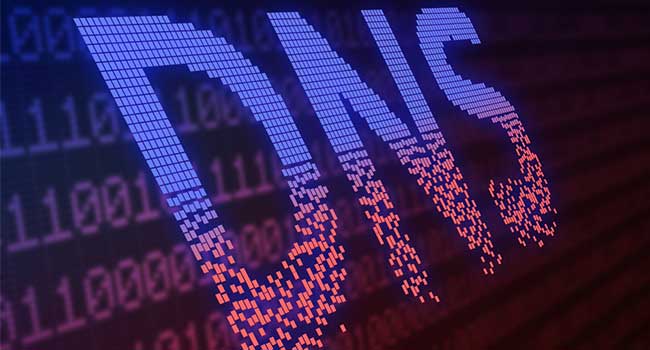
How to Troubleshoot a DNS Leak
DNS leaks can be a surprisingly common issue and are often only noticed when actively looked for.
While they are not as commonly discussed as IP addresses or antivirus, Domain Name System (DNS) servers are a fundamental element of how the internet works. In its simplest form, the DNS is a directory that connects how humans see the internet (domain names) and how servers and computers see it (IP addresses). By translating one version for the other, it ensures that traffic arrives at the correct location.
However, this can cause some grave concern for privacy as all traffic has to go through a DNS server in order to reach its destination. Most default DNS servers will be operated by your internet service provider (ISP) and can use your information to track which sites you visit. This is one of the many reasons why people are increasingly using a VPN (Virtual Private Network) to mask their activity and improve the level of privacy their browsing sessions have.
What is a DNS leak?
Many people will install a VPN and assume they are fully protected, but DNS leaks can be a surprisingly common issue and are often only noticed when actively looked for.
In most cases, a DNS leak is the result of DNS queries being sent using an unsecured or easily identifiable IP address, rather than using the VPN’s connection.
Normally, a VPN connection will ‘tunnel’ your traffic through its own servers, masking your IP address, your location and activity. However, if your network settings are not set correctly, your device may send DNS requests from your default IP address instead, bypassing your VPN. While your activity itself will not be affected, details of that browsing activity could be unintentionally exposed – undermining the benefits of a VPN.
How to identify a leak
Thankfully, identifying a leak is incredibly simple. A free DNS leak checker tool will take moments to run and will give you an answer. Once the check has been run, the tool will provide you with the DNS server IP it has detected. If this matches the one provided by your ISP, you have a leak. If it is connected to your VPN service, then your connection is secure.
In most cases this can be done quickly at the start of a browsing session to ensure that a leak is not occurring. If a leak is identified, it’s best to stop browsing and repair the issue as soon as possible.
Types of leak
Improperly configured network. By far, networks that are left on default settings or are not properly configured are the most likely cause of a leak. In most instances the leak is triggered by the device in use bouncing between connections. For example, if you have been out and used coffee shop Wi-Fi with a VPN, when you return and try to connect to the home network your device will be assigned a new IP address and DNS server. In this moment before the VPN kicks in, your device may have automatically connected to your ISP’s DNS server outside of the encrypted tunnel, resulting in a leak.
Microsoft’s Teredo technology. Alongside DNS, IPv4 has long been one of the key components of the internet. While an improved protocol, IPv6, is available, the transition has been slow and there is concern that communications between devices using different versions of the IP protocol could result in leaks.
To protect users, Microsoft includes Teredo, a tunneling protocol, as part of Windows. While the intention is good, it could be prioritized over your VPN, creating a leak.
Luckily, this tool can be disabled easily, ensuring that your traffic is only directed through your VPN’s DNS server.
Transparent DNS Proxies. Many ISPs are familiar with the preference towards public DNS servers and have responded with a transparent proxy, which will redirect traffic to ensure that requests are made to their servers.
Luckily this can be easily identified with a leak checker tool. The latest versions of Open DNS, a public DNS server, and many VPN services also have options to block the use of transparent proxies.
How to fix a leak
To ensure a leak does not take place, you should switch from using your ISP’s DNS as a default and replace it with a public DNS like OpenDNS, or a server provided by your VPN. This means that even if DNS requests are made outside your VPN in the future, the details of your home server or any other identifiable information will not be made public. This DNS server should become the only one you use to connect to the internet.
Another solution is to configure your firewall to prevent all non-VPN traffic. This would prevent your ISP’s DNS servers being used and in doing so, will make sure that you cannot suffer a DNS leak in the future.
While a DNS leak can threaten your privacy, it is quick to identify and is easy to fix. The key to being secure, as it is with any online security, is to be proactive rather than reactive. This means that it is important to continue running a DNS leak test at regular intervals and check that all of your devices are not defaulting to the wrong server.